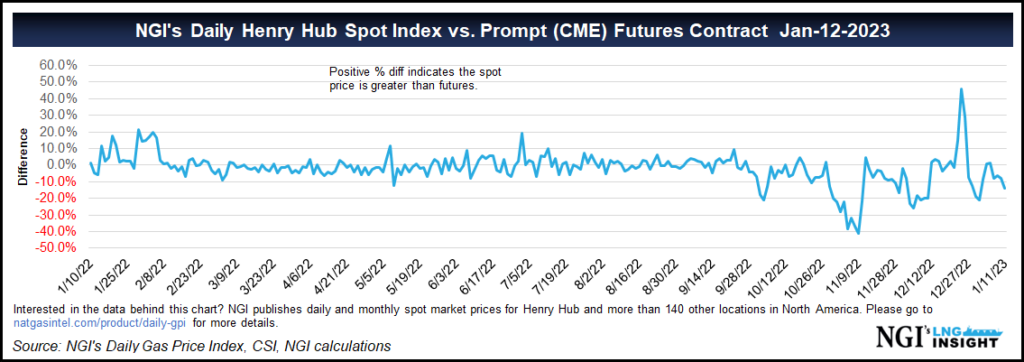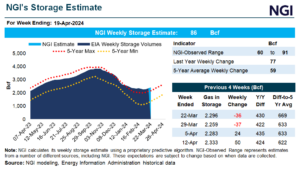E&P | Natural Gas Prices | NGI All News Access | NGI The Weekly Gas Market Report | Shale Daily
North American E&P Spend Seen Moderating, but Still Up by Double-Digits in 2023
© 2024 Natural Gas Intelligence. All rights reserved.
ISSN © 1532-1231 | ISSN © 2577-9877 | ISSN © 1532-1266 | ISSN © 2158-8023 |



